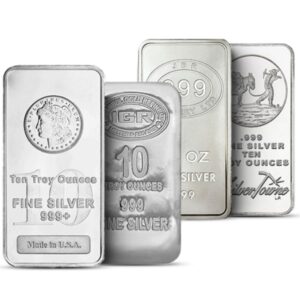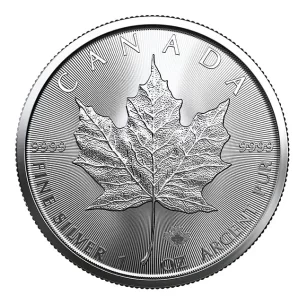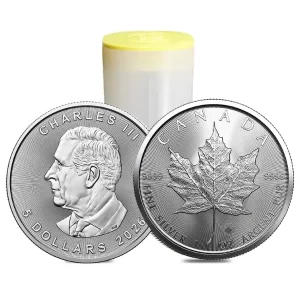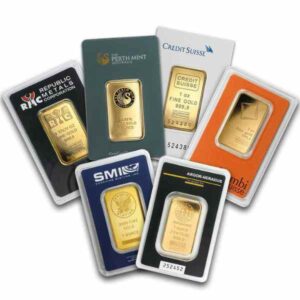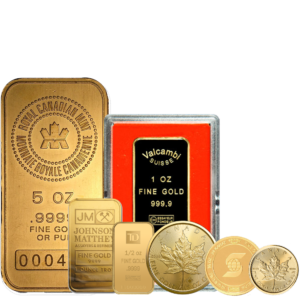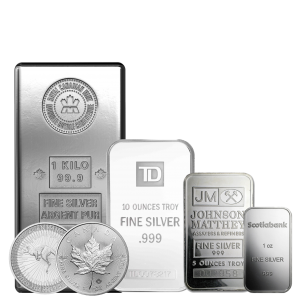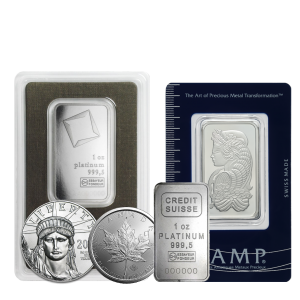Gold and silver are metals that have a long history of going through cycles. Phases of rigid price appreciations, or bull runs, always appear to attract investor attention. Because no two market conditions are identical, a look back at prior bull runs is a good lesson as to what may influence the current marketplace of precious metals. Here at AU Bullion, we believe that history has much to contribute to investors as they make more intelligent and aggressive decisions.
The Gold Boom of the 1970s
During the 1970s, gold rose spectacularly as the price lifted from around $35 an ounce in 1971 (the year the United States concluded the gold standard) to more than $800 by 1980. The price surge during this period was facilitated by explosive inflation, oil shocks, and economic instability.
Lesson for Today: Gold behaves best during depreciating currencies and high inflation. These days, with inflationary pressures back and with governments adding debt, investors head back into gold, as they inevitably always do—because of stability.
Silver Spike of 1980
Silver also experienced a historic bubble during 1980, reaching as high as nearly $50 an ounce. It was facilitated partly through the Hunt brothers attempting a monopolization of the silver marketplace, yet the fundamental backdrop remained the same as with gold: inflation, worldwide instability, and a soft dollar.
Lesson for Today: While speculation can carry metals to extremes, underlying fundamentals like inflation and monetary policy are the ultimate drivers of sustainable long-term value.
The 2000s Bull Run
From 2001 until 2011, gold climbed from approximately $270 to above $1,900 an ounce and silver from $4 to nearly $50. It was propelled during the dot-com bubble bust, the global financial crisis of 2008, and the rising demand from investors and central banks.
Lesson of Today: Global financial anxiety always creates demand for precious metals. Today, with heavy debt from the government and uncertain global growth prospects, gold and silver remain a safe haven.
The 2020 Pandemic Surge
When the pandemic from COVID-19 pandemic occurred, markets were confronted with unprecedented unpredictability. Gold topped $2,000 an ounce in 2020 as a record high, and silver doubled from approximately $12 to almost $30 within a span of a few months. Massive stimuli from governments, low interest rates, and global turmoil were major factors.
Lesson for Today: Gold and other precious metals shine best during times of doubt. Pandemic, war or recession doesn’t matter; investors always flock towards bullion.
What This Means for Investors Now
Looking back, one thread runs through all of the individual precious metal bull runs: each has sprung from doubt, inflation, or economic upheavals. The modern world has more global debt, shifting monetary policies, and ongoing geopolitical tensions—all the reasons that historically motivated precious metals.
For AU Bullion investors, we encourage you to transcend short-term price fluctuations and look at the long-term safe-haven quality of gold and silver. When prices are increasing or settling at a plateau, history has repeatedly shown that precious metals are a safe and effective way of storing and appreciating wealth.
Conclusion
Past bull runs remind us all that while cycles rise and fall with markets, the reason investors are at ease with precious metals doesn’t. Inflationary pressures, turmoil, and uncertainty are always à la mode – and so are silver and gold.
Want a more powerful portfolio? Go through AU Bullion’s extensive range of gold and silver products today and invest with the confidence of learning from history.
 Hi,
Hi,

